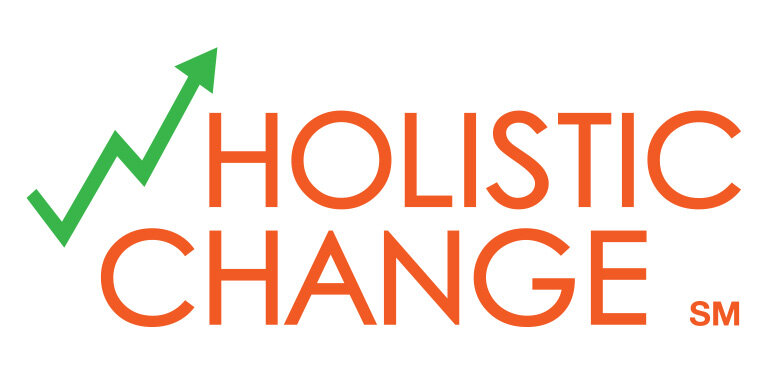For people to feel excited and engaged in making change happen, they have to believe that it can be achieved. Is there a real case for change that is obvious -- the "duh" factor. If the need for change is obvious, everybody understands why you're doing this and the improvement effort will have credibility.To be realistic, the change has to have more than credibility -- it also has to be achievable.
- Have the future competencies expected of the organization been planned for in such a way that there is enough time to train and/or hire people to be ready?
- Has the future infrastructure been planned for with enough time to build / purchase / install / train your people on it before it is expected to be operational?
- Has the communication plan covered everybody who has to know about the change so that there won't be any hidden obstacles that appear later? And has the communication done its job of informing, persuading, and motivating?
- Is there a clear metric set defined so that the success of the change can be measured and proven?
- Are the metrics and new expectations reasonable and achievable? Dreaming and planning big is good and can be very motivating -- it's also important to be realistic about how much can be done. If the dream or plan is too big to be achieved, it's unbelievable and you'll have a hard time keeping people on board.

